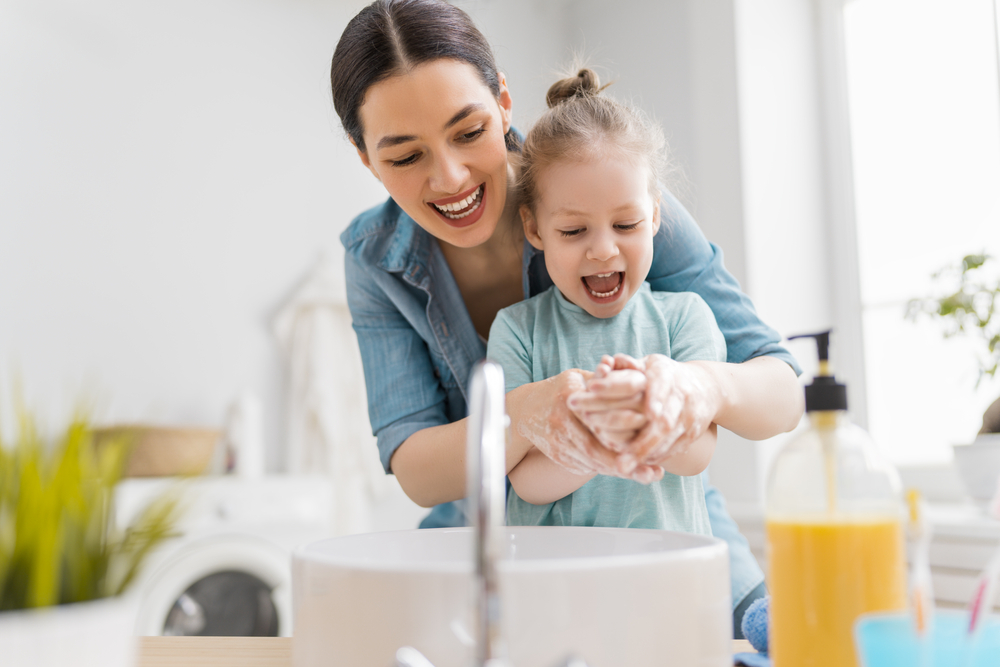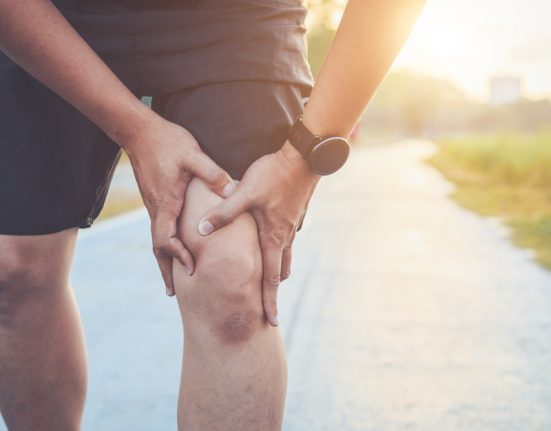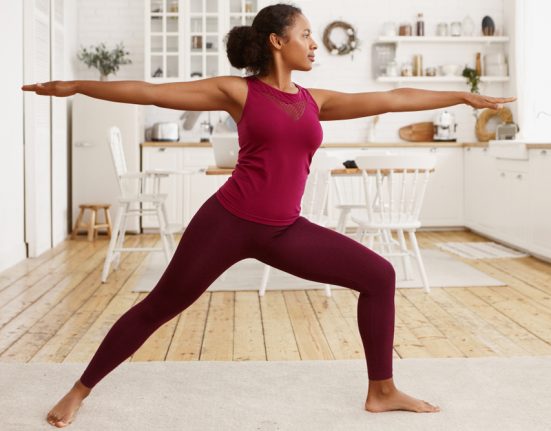Hand washing has always been a crucial part of preventing the spread of germs. With the pandemic, it’s obviously more important than ever to practise good hand hygiene. But, getting your child to wash their hands properly (or at all!) isn’t always easy. Here, DR WENDY SINNATHAMBY from Kids Clinic shares her top tips, including fun ways you can encourage your child to wash their hands.
Tips for teaching your kids good hand hygiene
While most adults are able to easily adopt good hand-washing practices, children usually require more time to understand why such these practices are important, explains Dr Sinnathamby. Here are some ideas for making hand washing fun while reinforcing the importance of good hand hygiene.
Lead by example: Wash your hands!
Young children learn by imitating the behaviours of grown-ups. So, when you make hand washing part of your regular routine, you’re setting an example for your children to follow.
Let your child see you regularly follow all of the steps of hand washing: wet, lather, scrub, rinse and dry.
If soap and water aren’t available, make it a point to show your child that you’re using hand sanitiser until you can wash your hands with soap and water. The CDC recommends using an alcohol-based hand sanitiser that has at least 60 percent alcohol – and then wash your hands with soap and water as soon as you can.
Make hand washing fun and interactive
Apart from just talking to them and instructing them, Dr Sinnathamby says you can reinforce healthy habits by showing them age-appropriate video clips or reading stories about good hand-hygiene practices. There are loads of great kids’ books out there, and even colouring books dedicated to the cause!
Sing!
According to Dr Sinnathamby, it’s important to ensure your child is washing their hands multiple times a day for at least 20 seconds. Evidence shows that washing hands for about 15 to 30 seconds can remove more germs from hands than washing for shorter periods of time.
Of course, 20 seconds can seem like an eternity to little ones. And, as a parent, it can seem like an impossible task.
To pass the time and keep things fun, Dr Sinnathamby suggests getting your child to sing the Alphabet song, a few rounds of Happy Birthday or any nursery rhymes that last about 20 seconds. You can even make up your own special song if that’s what it takes!
Get creative
Visual demonstrations are always helpful for kids. Here are a few fun experiments you can do with your child to emphasise the need for good hygiene practices, and show them that water alone isn’t sufficient to remove germs.
The glitter experiment
This method is a great way of visually demonstrating just how easily germs can spread if we do not wash our hands after sneezing and coughing, and using the toilet, explains Dr Sinnathamby. Here’s what to do:
#1 Add glitter to a large bowl of water.
#2 Then let your children play around with the bowl of water for a while.
#3 When they are done playing, get your children to imagine the glitter on their hands is actually germs.
#4 After this, get your child to wash their hands with water and ask them to observe if the glitter comes off or not.
#5 When the glitter doesn’t come off, ask your child to try washing his or her hands with soap for 20 seconds and see what happens.
“Your child will definitely be surprised by the difference, and therefore be able to better understand the importance of washing their hands with soap,” says Dr Sinnathamby.
The flour experiment
If you’re not a huge fan of glitter (admittedly, it can be a pain to clean), using flour is a great alternative! Here’s what to do:
#1 Spread some flour on a plate and ask your children to place their hands on the plate firmly.
#2 Ask your child to imagine that the flour is actually germs.
#3 Then ask your child to bring you a couple of their favourite toys and let them play with the toys for a while. They would need to do this without washing their hands!
#4 After a few minutes, ask your child to take a look at the toys to see how much flour is on them.
Another demonstration you can do with flour is to gather some in your hands and blow on it. Tell your kids to imagine that you just sneezed. You can then get them to observe all the surfaces that now have flour on them!









